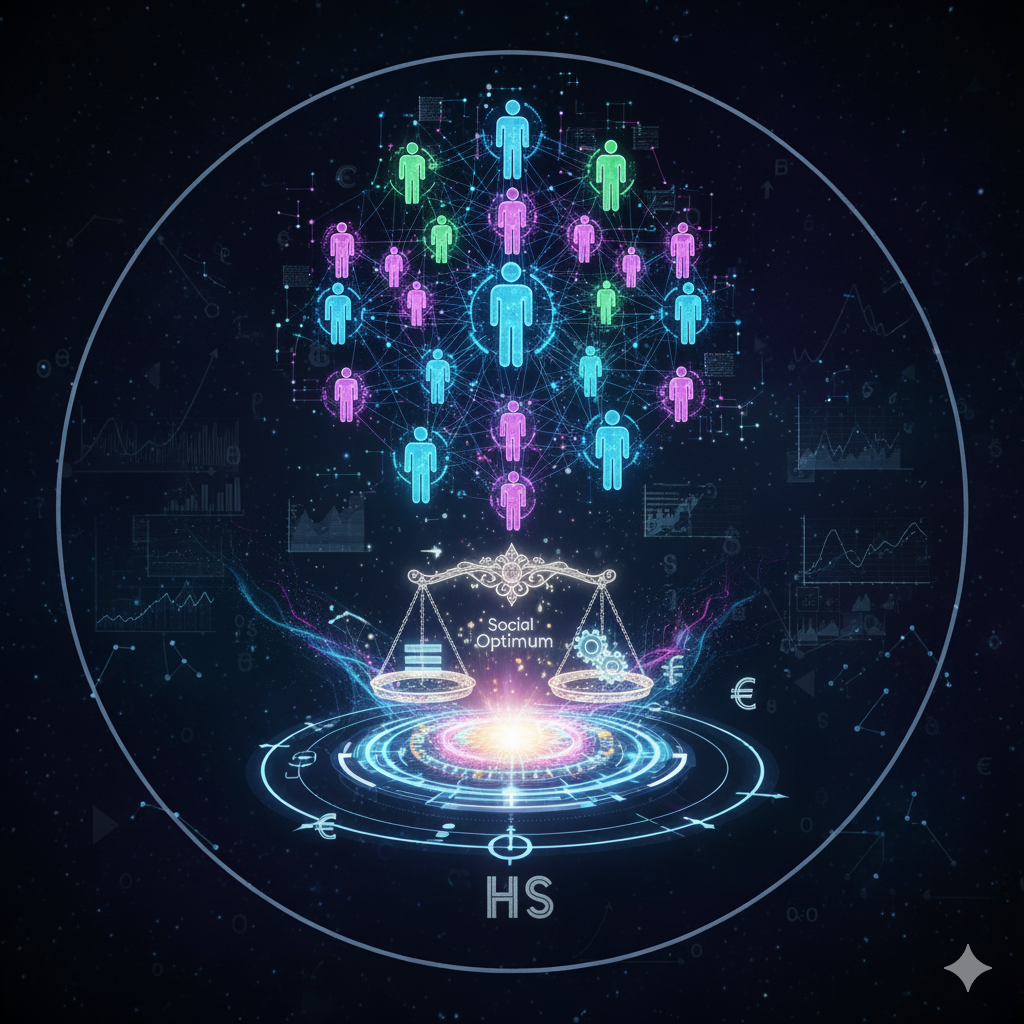Introduction
Agriculture has always played a central role in India’s economic development, food security, and rural livelihood. Over the years, India has witnessed multiple agricultural revolutions such as the Green Revolution (cereals), White Revolution (milk), Blue Revolution (fisheries), and others. Each of these revolutions transformed specific sectors of agriculture and contributed to the nation’s self-reliance.
Among these, the concept of the Tricolour Revolution stands out as a holistic approach to agricultural development. It represents the integration of three important revolutions – Blue Revolution (fish production), White Revolution (milk production), and Green Revolution (food grain production). The name “Tricolour Revolution” is symbolic, reflecting the three main colors of progress that reshaped India’s food and nutrition security.
This essay explores in detail the meaning, origin, components, achievements, challenges, and societal impact of the Tricolour Revolution in India.
Meaning of Tricolour Revolution
The Tricolour Revolution is a combined term for the three major agricultural revolutions that transformed India:
- Green Revolution (Food Grains Production – Wheat & Rice)
- White Revolution (Milk Production – Dairy Development)
- Blue Revolution (Fish Production – Fisheries & Aquaculture)
Together, these revolutions created a multi-dimensional change in India’s agriculture and allied sectors. While the Green Revolution addressed the problem of hunger, the White Revolution tackled nutritional needs and protein deficiency, and the Blue Revolution enhanced dietary diversity and rural employment opportunities.
Thus, the Tricolour Revolution signifies a comprehensive agricultural transformation aimed at ensuring food sufficiency, nutritional security, and rural development.
Historical Background
1. Green Revolution
- Initiated in the mid-1960s with the introduction of high-yielding variety (HYV) seeds for wheat and rice.
- Supported by M.S. Swaminathan in India and Norman Borlaug’s innovations globally.
- Helped India achieve self-sufficiency in food grains, ending the “ship-to-mouth” dependency on food imports.
2. White Revolution
- Started in the 1970s under Operation Flood, spearheaded by Dr. Verghese Kurien.
- India became the largest producer of milk in the world.
- Strengthened the cooperative movement (e.g., Amul in Gujarat) and empowered rural women.
3. Blue Revolution
- Gained momentum in the 1980s and 1990s, focused on increasing fish production and aquaculture.
- Initiatives like the National Fisheries Development Board promoted inland fisheries and marine resources.
- Improved dietary diversity and provided alternative income for rural populations.
Components of the Tricolour Revolution
1. Green Revolution
- Focus on cereals, particularly wheat and rice.
- Technologies: HYV seeds, chemical fertilizers, pesticides, irrigation, and mechanization.
- Impact: Food grain production increased drastically, ensuring food security.
2. White Revolution
- Focus on milk and dairy products.
- Key program: Operation Flood (1970–1996).
- Cooperative model (Amul) empowered farmers, especially small dairy farmers and women.
- India became the world’s largest producer of milk.
3. Blue Revolution
- Focus on fish production, aquaculture, and marine resources.
- Technological advancements in inland fisheries and shrimp farming.
- Enhanced rural employment and exports.
Objectives of the Tricolour Revolution
- Food Security – Ensure self-sufficiency in basic food grains.
- Nutritional Security – Provide protein-rich food sources like milk and fish.
- Rural Employment – Generate jobs through dairy cooperatives and fisheries.
- Diversification of Agriculture – Move beyond cereals to allied sectors.
- Economic Growth – Increase farmers’ incomes through multi-sectoral agriculture.
- Self-Reliance – Reduce dependence on imports of food, milk products, and fish.
Societal Impact of the Tricolour Revolution
The Tricolour Revolution has had a far-reaching impact on Indian society, covering economic, social, nutritional, and environmental aspects.
1. Economic Impact
- Boosted India’s GDP through agriculture and allied sectors.
- Reduced import dependency on food grains, milk powder, and fish.
- Created opportunities for rural entrepreneurship (Amul cooperatives, fish farming units).
- Increased agricultural exports, especially dairy and fisheries.
2. Social Impact
- Empowered women in rural areas, especially through dairy cooperatives.
- Reduced rural poverty by generating employment in allied sectors.
- Cooperative movements fostered community participation and solidarity.
- Improved standard of living for farmers through diversified income sources.
3. Nutritional Impact
- Improved per capita availability of calories and protein.
- Milk and fish helped address protein-energy malnutrition.
- Reduction in dependence on cereals alone, leading to a more balanced diet.
4. Rural Development
- Infrastructure development in villages (milk collection centers, cold storage, fish ponds).
- Rural electrification and irrigation expanded alongside the Green Revolution.
- Enhanced livelihood security and reduced distress migration.
Challenges of the Tricolour Revolution
Despite its positive impact, the Tricolour Revolution has faced several challenges:
1. Green Revolution Challenges
- Regional imbalances (Punjab, Haryana benefited more than eastern states).
- Environmental degradation due to chemical inputs and water overuse.
- Monocropping and soil fertility decline.
2. White Revolution Challenges
- Small dairy farmers struggle with storage and marketing.
- Overuse of veterinary drugs and fodder shortages.
- Climate change affecting cattle productivity.
3. Blue Revolution Challenges
- Overfishing leading to depletion of marine stocks.
- Pollution of water bodies affecting aquaculture.
- Limited access to technology for small fish farmers.
Government Policies Supporting the Tricolour Revolution
- Operation Flood (White Revolution) – Strengthened milk production and distribution.
- National Dairy Development Board (NDDB) – Promoted cooperative dairy development.
- National Fisheries Development Board (NFDB) – Supported fish production and aquaculture.
- Green Revolution Schemes – Investment in irrigation, fertilizers, and HYV seeds.
- Pradhan Mantri Matsya Sampada Yojana (PMMSY) – For fisheries and aquaculture development.
Case Studies
1. Amul Dairy (White Revolution)
- Cooperative model transformed Gujarat’s economy.
- Empowered women and small dairy farmers.
2. Punjab & Haryana (Green Revolution)
- Wheat production surged, turning these states into India’s “food bowl.”
- Later, however, they faced environmental challenges like groundwater depletion.
3. Andhra Pradesh & Kerala (Blue Revolution)
- Became hubs for aquaculture and shrimp farming.
- Contributed significantly to exports and rural employment.
Lessons Learned
- Agricultural revolutions must be inclusive and regionally balanced.
- Sustainability is crucial – reliance on chemicals, overfishing, or overgrazing creates long-term risks.
- Diversification is key to achieving nutritional security.
- Cooperative models ensure equitable distribution of benefits.
- Integration of technology with traditional practices strengthens resilience.
Future Prospects of the Tricolour Revolution
- Need for a Second Green Revolution focusing on pulses, oilseeds, and millets.
- Expansion of climate-smart dairy farming to counter fodder scarcity and emissions.
- Sustainable blue revolution through cage culture, integrated aquaculture, and marine conservation.
- Integration with digital technologies (AI, IoT, blockchain) for precision farming, dairy management, and fisheries.
- Linking with the broader Rainbow Revolution, which includes horticulture, poultry, and renewable energy.
Conclusion
The Tricolour Revolution represents a historic milestone in India’s agricultural journey. By integrating the Green, White, and Blue Revolutions, it addressed the country’s most pressing challenges of food sufficiency, nutrition, and rural employment. It enabled India to emerge from a state of food dependency to one of self-sufficiency, and eventually as a global leader in dairy and fisheries.
However, challenges like environmental degradation, regional disparities, and sustainability issues remind us that agricultural revolutions must evolve with changing times. The future of the Tricolour Revolution lies in ensuring inclusive, sustainable, and technology-driven growth that secures not only food but also nutrition, equity, and ecological balance.
The Tricolour Revolution, therefore, is not just about increasing production; it is about transforming agriculture into a holistic engine of socio-economic development.




